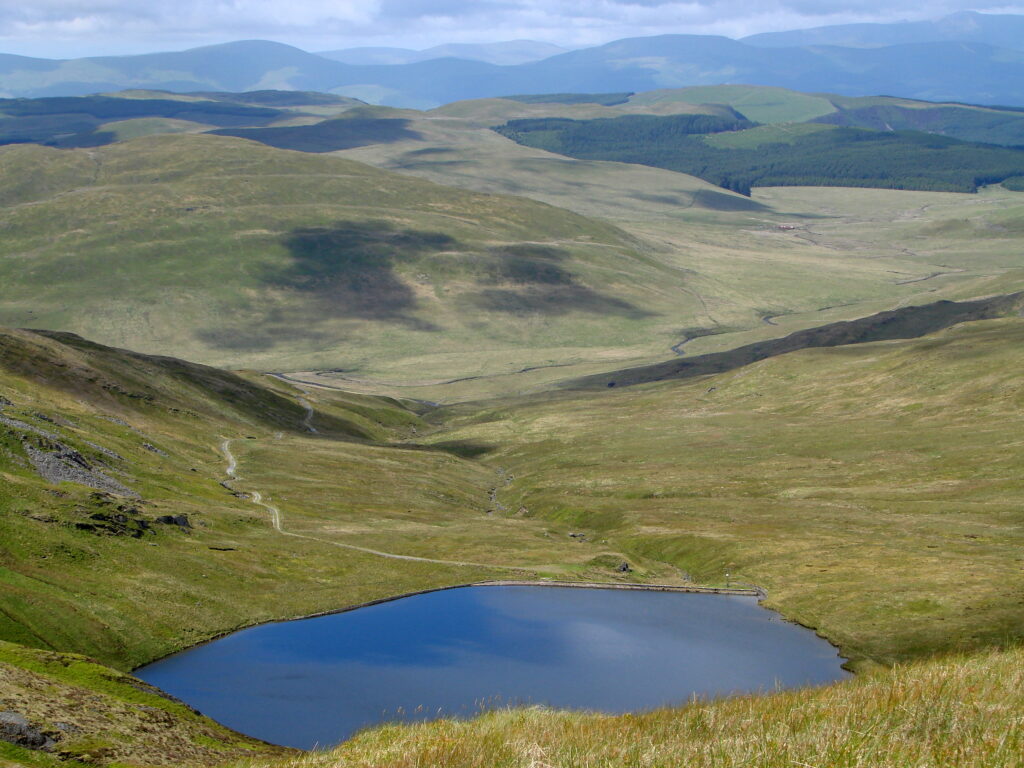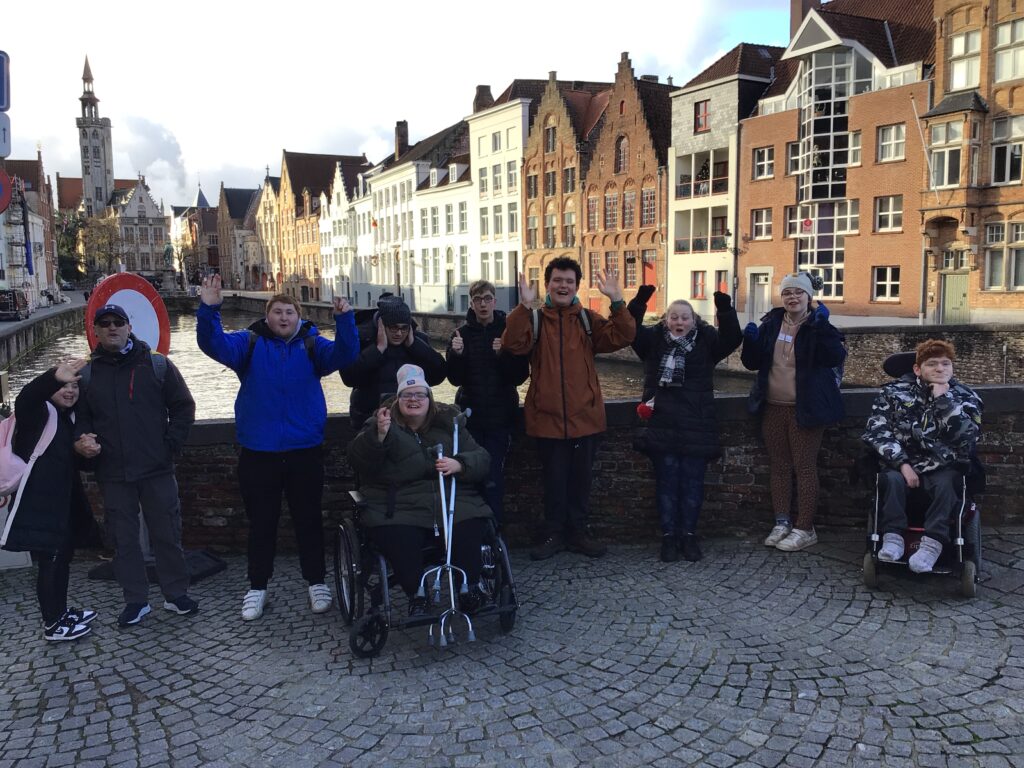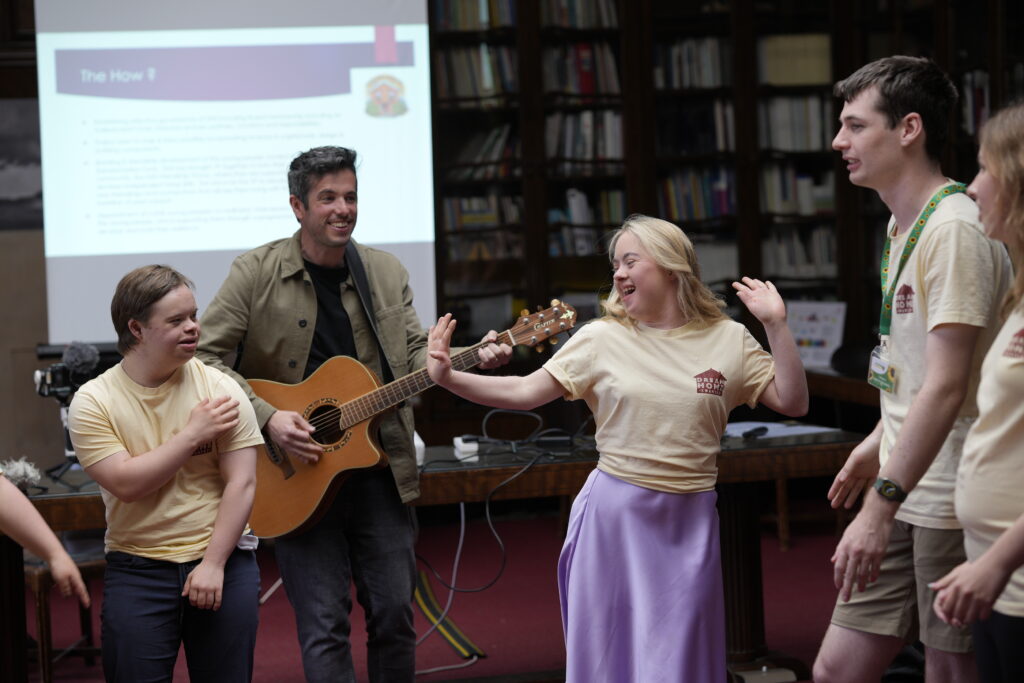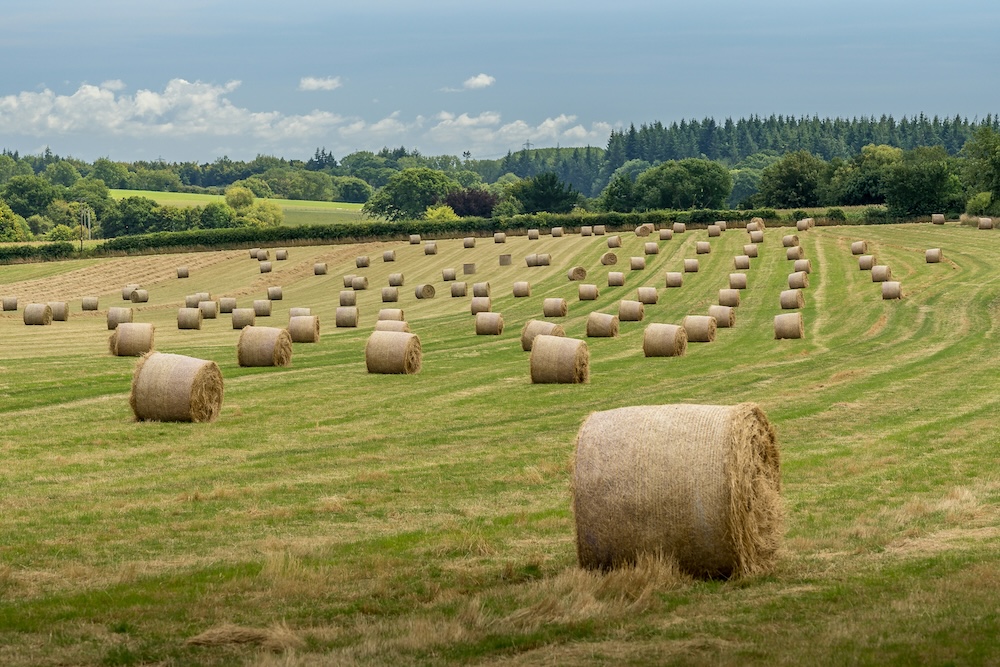Joanna Lambert disentangles the truths from the myths that pervade representations of the Cambrians and the people who live there
When I moved to Carmarthenshire, I was delighted to discover we were near a mysterious outlaw’s cave. Apparently Twm Siôn Catti used to hide out here and avoid the authorities.
I love caves, and this particular one is in a very beautiful nature reserve. It is also possible to run around the reserve in forty minutes, which is great if you find running is improved by the adrenaline rush of worrying that you will lose your footing and plunge into the icy water below. Falling in love with the the reserve and sitting up in the cave drinking coffee on cold winter mornings listening to the rustling of the oaks and the noise of the river encouraged me to find out more about Twm.
Twm Siôn Catti is a bit of a celebrity around here. He is generally regarded as a fun highwayman and a bit of a trickster— a Robin Hood, but without the giving to the poor. The story is that he roamed the Southern Cambrians, an area which Wikipedia describes as ‘a wild area north of Tregaron’.
The legacy of romanticising the Cambrians and patronising its population continues.
Twm is assumed to have existed in oral stories long before a London journalist— William Deacon— decided to copy Walter Scott’s profitable repackaging of Scottish history by doing the same for the Welsh and published The Innkeeper’s Album, a set of folk stories collected in South Wales which included a chapter on ‘Twm John Catty: The Welch Rob Roy’. In 1829, inspired by this, a local man turned London actor— Llewelyn Prichard— wrote The Adventures and Vagaries of Twm Shon Catti, Descriptive of Life in Wales. This book played on the idea of Twm’s territory being the heartland of the gwerin as simple, inward-looking people. Victorians were enchanted with the idea of the naughty highwayman tricking naive villagers from the beautiful wilderness of the Cambrians. This romanticisation of Wales as a mysterious wild land with ignorant villagers and farmers also handily downplayed the abilities of the Welsh people to govern themselves.
If Twm was based on any real life figure, the general consensus is it was Thomas Jones, born in August 1532. One source describes Jones as ‘a man of substance— a landowner… an antiquary, genealogist and bard, whose manuscripts, dating from about 1570, may be consulted at the National Library’. John Dee— Queen Elizabeth I’s astronomer— called him cousin.
His links with the English court didn’t end there. Jones married the daughter of Thomas Price of Brecon. Price was Thomas Cromwell’s advisor. He assisted in the dissolution of the monasteries and, later, was appointed one of Edward VI’s knights. Price was a sophisticated courtier, parliamentarian and collector of rare documents (including the Black Book of Carmarthen which contains the first mention of Merddyn the magician). Real life Twm’s family was a long way from Llewelyn Prichard’s depiction of the inhabitants of rural Wales.
Discussions and debates that drive Wales forward.
Join Wales’ leading independent think tank.
The Cambrian Desert
The legacy of romanticising the Cambrians and patronising its population continues. It feels apt that Wikipedia’s photograph of the Cambrians is the same used in George Monbiot’s provocative tweet about the ‘desert’ of the Cambrians in which he describes it as a ‘Terrestrial Dead Zone’ dominated by molinia grass and lacking ‘other life forms’. But the response to this tweet was interesting. As well as farmers responding aggressively to the notion that their grazing was contributing to the problem, people from all over the UK got involved to argue Monbiot’s point, or what they decided his point was.
1. In the southern Cambrian Mountains, in central Wales, there’s a Terrestrial Dead Zone of around 300 km². It’s composed of degraded blanket mires, entirely dominated by a coarse grass called Molinia, in which other lifeforms, such as birds and insects, are scarcely to be found. pic.twitter.com/dVdfoThCL0
— George Monbiot (@GeorgeMonbiot) February 26, 2021
The post had over 4,000 ‘likes’ and was shared nearly 2,000 times so that it could be further discussed away from the original thread. As is often the case of Twitter, the conversation swiftly deteriorated into a passionate disagreement. As Twitter’s Mochyn Brwnt felt obliged to point out in response to some of the comments about what Wales should do: ‘Wales is a country and people actually live here’.
Amongst the commentators were a few people pointing out that, whatever people from outside the area might like to think, many Cambrian farmers are actually already well aware of sustainability issues and the benefits of biodiversity. After discovering that Twm Sîon Catti was more complex than the wild outcast stories imply, it seemed very possible that the same prejudices might be affecting attitudes to farmers when discussing ecology on the Cambrians. And, predictably, they were.
Beyond the myth of the Gwerin
Even as far back as 1997, Cambrian farmers near Welshpool were working together to improve the sustainability of their farms, in what became the Pontbren Project. They did this in part by restoring and extending hedges and small woodlands, as well as keeping hardier breeds of sheep. This project demonstrates the ways in which trees can help prevent flooding, and benefits wildlife and landscape, as well as increasing profit and resilience in livestock farming. The farmers led the experiment, with the support of Coed Cymru, and collaborated throughout with researchers. This project has since become a model for farms all over the UK, and the data derived from it is used to learn more about flood reduction.
Moelgolomen Farm, near Aberystwyth, on the Western side of the Cambrians, has belonged to the same family for over 400 years. It has been an organic farm since 1998, farming sheep and beef. Rhodri Lloyd-Williams studied wildlife biology and has worked with animals all over the world. He is clear that, as well as making financial sense, the farm became organic because it ‘tied in with [his parents’] ethos’’, and that he is continuing their work because of his own interest and knowledge of biology: “[As] a farmer,” he says, “it’s hard not to take an interest in the natural world”. He told me about some of the ways he is farming to improve biodiversity, including creating a mosaic of habitats on his land, tree and hedge planting and using fencing to divide the land into smaller areas.
In the same way as it would be a mistake to assume that Twm Siôn Catti operated in a remote wilderness as an outlaw outside cultural norms, it is a huge mistake to dismiss or under estimate Cambrian farmers.
Like many strategies which benefit wildlife and plant diversity, fencing and hedges also improve profitability by allowing flocks to be moved more frequently. This rotational grazing in turn means that grass has time to recover between grazings. Longer recovery time means that the grass can put down deeper roots and survive drought periods better, as well as drawing up more nutrients. It also means that a greater range of grasses and flowers can flourish. As in Pontbren, hedges and trees help to retain water and prevent flooding. As well as an increase in plant variety, these changes have resulted in peregrine falcons, hen harrier, hobbies and even a pine marten being seen on the farm. Rhodri Lloyd-Williams is also clear that ‘a lot of [my] neighbours are doing the same thing’.
Daryn Manchip and Clare Goodwin have been small-holders in the south Cambrians since 2013. They created The Patchwork Collective, which links different growers and enables them to sell locally produced produce and also contribute any excess food to a project in Lampeter working to combat rural poverty and food waste. They grow organically, have created ponds, and maintain wild margins. Their rented land includes a meadow supporting whorled caraway (rare in the UK, and Carmarthenshire’s County flower). This year, ecologists recorded 160 different of species of moth on their land — an increase on previous years and a demonstration of the way in which farming can encourage biodiversity.
Down on the south-west edge of the Cambrians, Dr Catherine Nakielny runs a farm with her parents. With a doctorate in sheep breeding, Catherine was also awarded a Nuffield scholarship to study sheep farming and methane emissions in different countries. Like Rhodri on Moelgolomen, Catherine has introduced rotational grazing, planting thousands of trees to form new hedgerows, as well as creating ponds and fencing off many areas of land to create small wildlife habitats, including rocky areas for invertebrates and wetland areas. This way of farming means that the lambs grow faster and the farm doesn’t need to buy in as much feed for the sheep. It also reduces methane production, because the sheep are grazing good quality grass.
These farmers have their roots deep in this area, and are using their knowledge to farm sustainably and in ways which work realistically with the local ecology. The expertise of farmers in the Cambrian mountains and their willingness to try new things has resulted in farms which have been industry-leaders and provided data for scientists across the UK to study. Like the other farmers I spoke to, Catherine is obviously passionately about working to ‘farm […] ethically […] and address the needs of the environment.’
In the same way as it would be a mistake to assume that Twm Siôn Catti operated in a remote wilderness as an outlaw outside cultural norms, it is a huge mistake to dismiss or under estimate Cambrian farmers.
All articles published on the welsh agenda are subject to IWA’s disclaimer.





